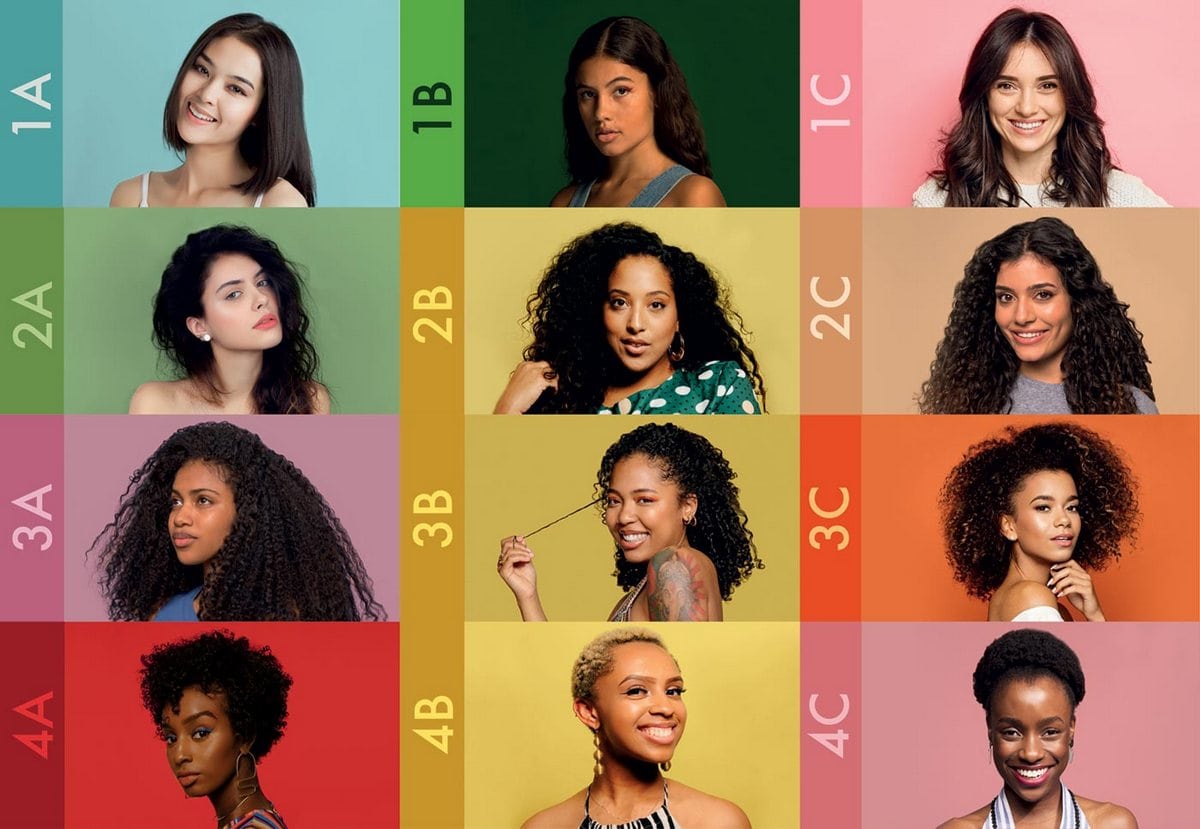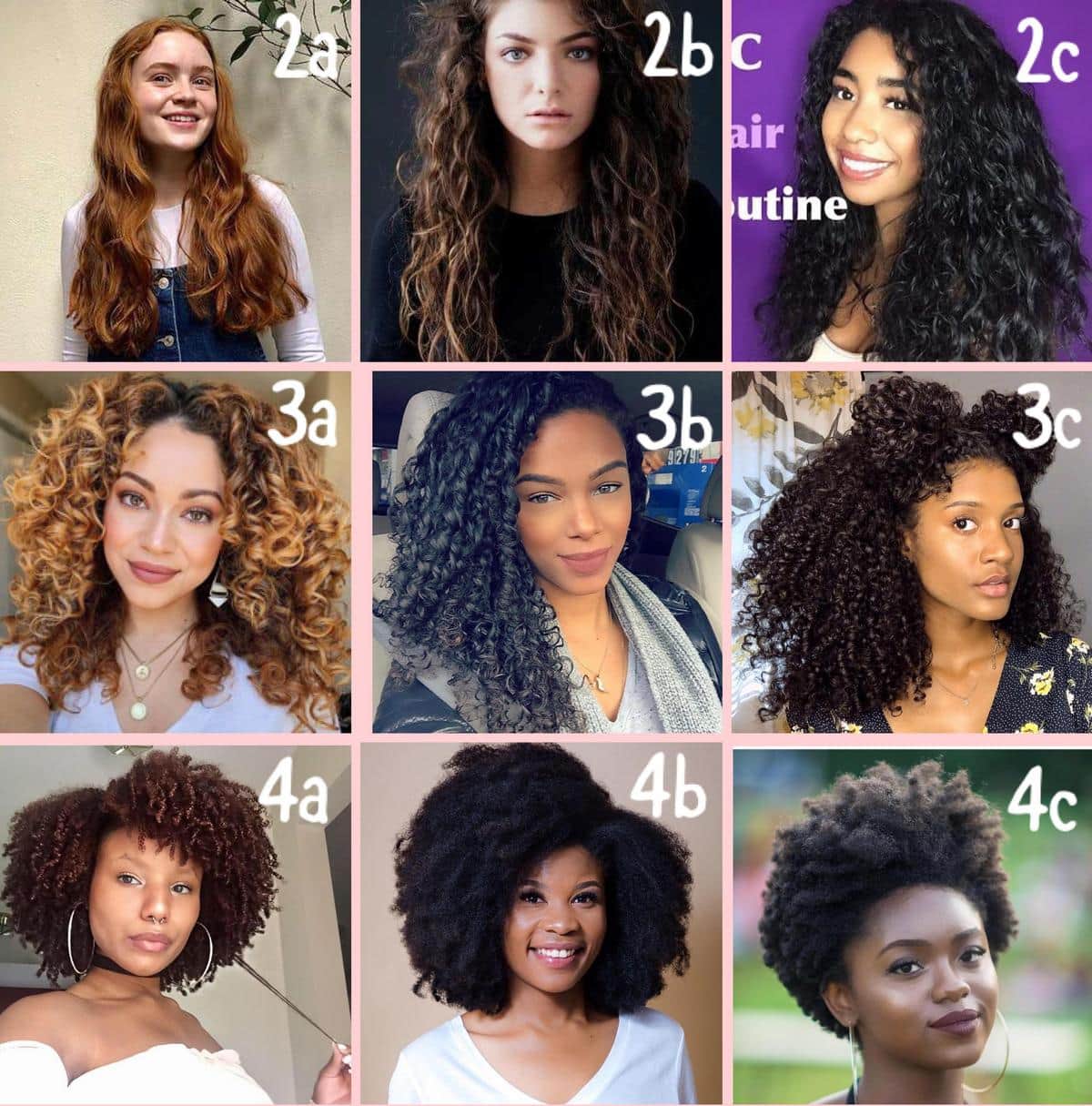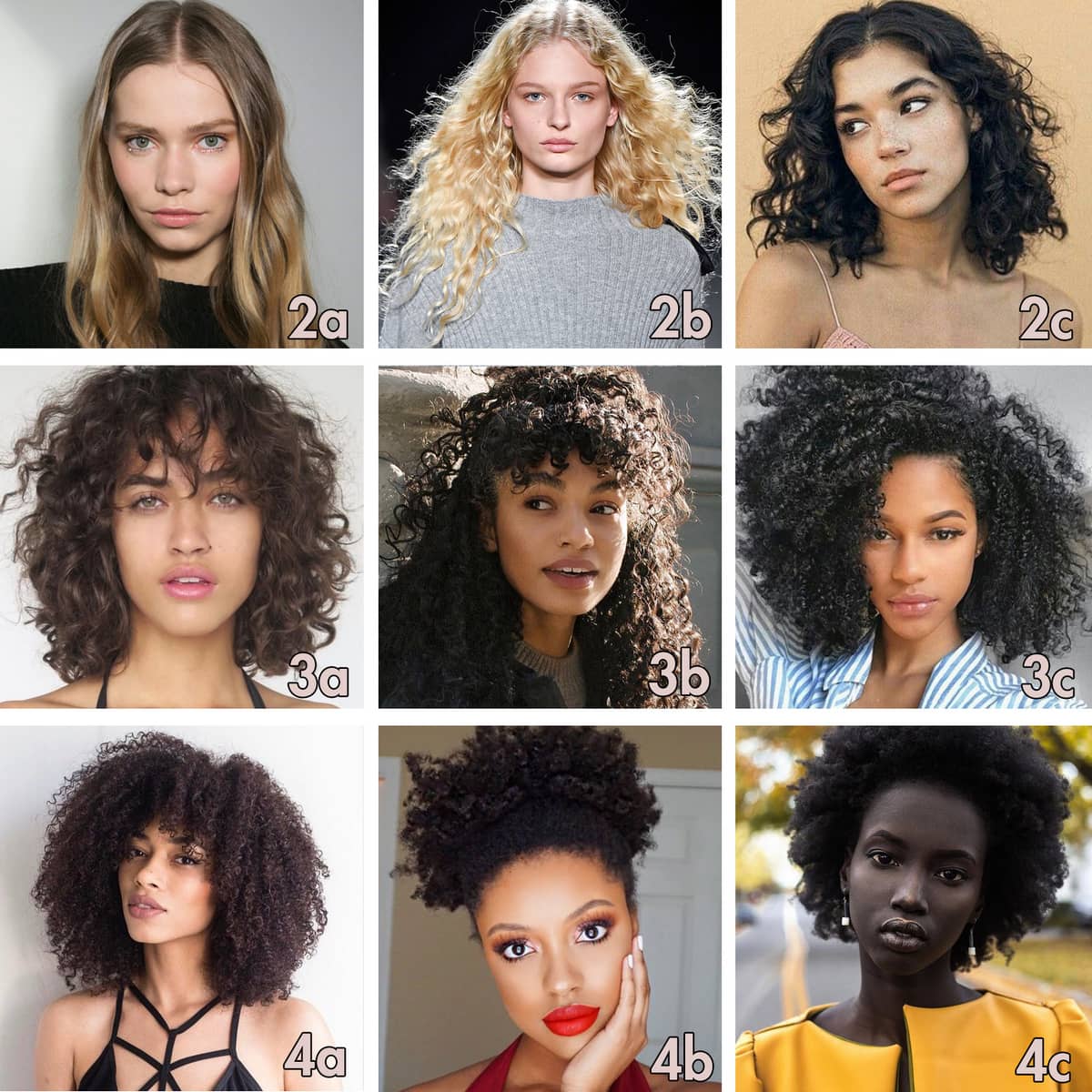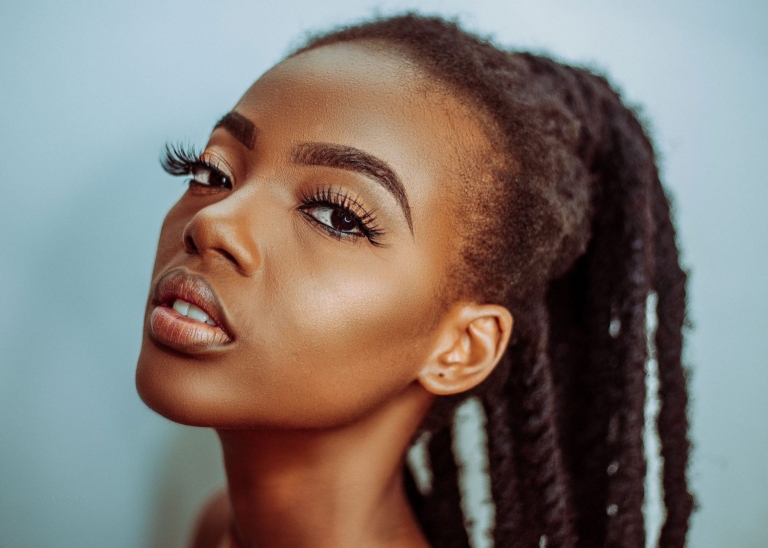What is your hair type A, B or C?
Do you get up in the morning and don’t know what to do with your hair? Do you keep trying new conditioners or hair masks, but your hair keeps coming undone? Start at the beginning by identifying your hair type. In the 1990s, Andre Walker, a famous Chicago hairstylist, developed his own system for identifying hair types.
His classification is still valid today and is one of the most quoted. Hairdressers all over the world refer to Andre Walker’s hair types. What’s important for you is that knowing your hair type enables you to plan your hair care with full knowledge of the facts.
10 hair types: What’s your type?
Andre Walker was working on a line of hair care products, and it was then that he distinguished several hair types. Basically, he focused on curls. This is why the literature speaks of hair types according to A. Walker hair types and A. Walker. Does Walker’s classification only apply to curly hair? Nothing could be further from the truth! He distinguished 10 different hair types!
What type are you?
How do I know what type of hair I have? Start by shampooing your hair. Use your favorite shampoo. Don’t use conditioners, masks or other hair-conditioning products. Let the strands dry. The idea is to let it dry naturally.
Your task is to look at your hair and discover how it curls.
- Type 1 corresponds to perfectly straight hair
- Type 2 hair is slightly wavy, but not twisted.
- Type 3 is made up of wavy, curly hair with S-shaped curls.
- Type 4 is made up of very curly, spiral or afro hair.
But that’s not all. Because the different types are divided into subgroups. Below is an infographic showing the basic classification according to Andre Walker. Over time, this classification has been expanded, and today there are three subgroups within each type.

Hair twisting classification by Andre Walker
Each hair type (straight, slightly wavy, curly and very curly) is divided into three subgroups, which are labeled A, B and C. Below are the characteristics of each of these sub-groups.
Type 1 straight hair: As you may already know, type 1 hair is perfectly straight, so you don’t even notice the slightest twist.
1A: hair is fine, supple and generally fine. Naturally, it shines with brilliance. However, it tends to quickly become greasy and dull. It is easy to weigh down.
1B hair: Thick, full and bouncy. This hair type has lots of volume.
1C’s hair: Is very thick and full. Generally not very curly or frizzy. If you have this type of hair, forget about curly hairstyles.
Type 2 wavy hair: Here too, we distinguish three subtypes.
2A hair Is hair that naturally curls into an S-shape. This type of hair is slightly wavy from the mid-length. The ends are often curly. These strands are easy to style and can be straightened and curled with ease.
2B hair: Is the more S-shaped version. Its most common problem is frizz.
2C’s hair: Partly wavy, partly curly. This hair is quite unruly and difficult to style. It frizzes and curls when it’s very humid. It is generally thick.
Type 3 curly hair: These are curls, spirals and twirls. The curling power is really high and you can see at first glance that your hair is curly.
3A’s hair is shiny and manageable: thick, well-defined curls with a natural shine.
3B hair: Is a tighter hair. Looks like spirals, corkscrews or curls. It can be difficult to style.
3C hair: Is finer than the previous subgroups and is tightly twisted. Curls are smaller, giving an impression of density.
Type 4 spiral hair: This type of hair is most often found in dark-skinned people.
4A hair: Is thin and tightly coiled. This hair is fragile and brittle. Caution!
4B’s hair is curly: Its shape resembles the letter “z”. This hair is also fine and fragile.
4C hair: Tightly coiled hair with no defined coiling pattern. In fact, this hair has a life of its own. It is difficult to style and tame. It can be very problematic to comb, which is why it must be done properly.
Do you now know what your hair type is?
Great!



“One of my biggest dreams is that my company will be able to change the course of one family’s life, one child at a time by giving back to the community.”







